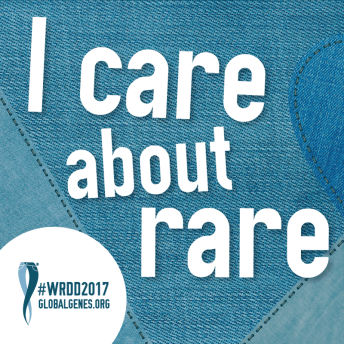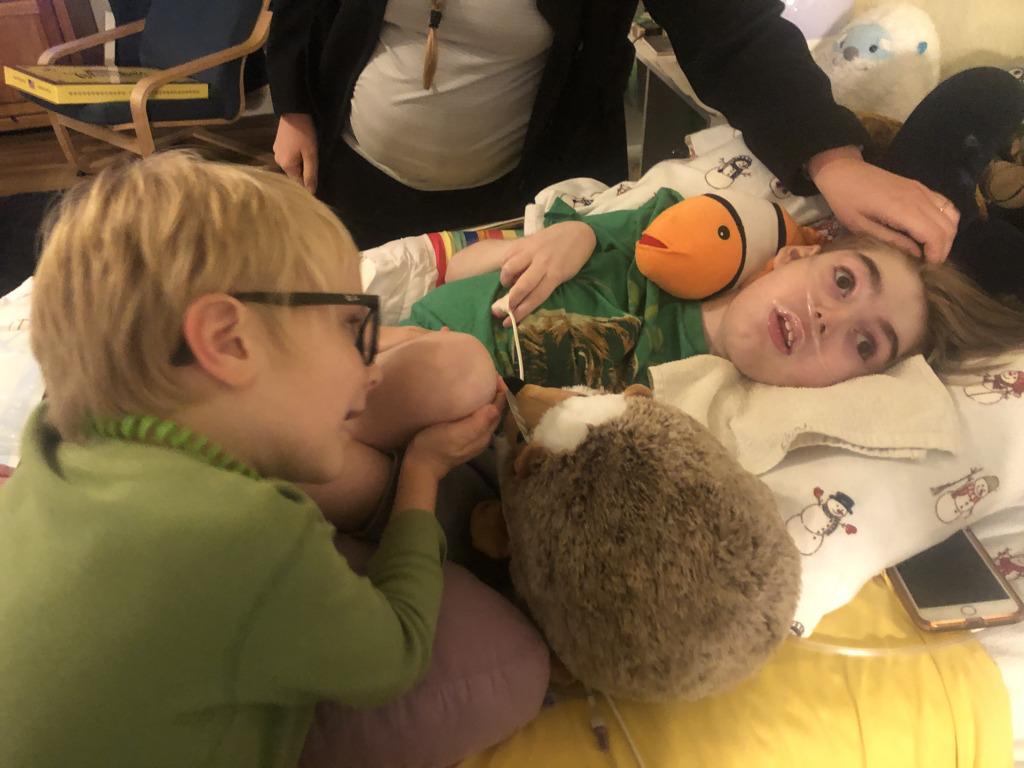Elijah's Victory
Living with Neuronal Ceroid Lipofuscinosis
Type II (Late Infantile Batten Disease)
Type II (Late Infantile Batten Disease)
 From globalgenes.org: Although rare and genetic diseases, and many times the symptoms, are uncommon to most doctors, rare diseases as a whole represent a large medical challenge. Combine this with the lack of financial or market incentives to treat or cure rare diseases, and you have a serious public health problem. Here are a few statistics and facts to illustrate the breadth of the rare disease problem worldwide.
Elijah has Late Infantile Batten Disease, a rare inherited genetic disease. WHAT IS BATTEN DISEASE? * Children and adults with Batten disease have inherited genetic material from their parents that may take some years to come to bear in their everyday lives. And when it does, families are often in shock when they learn how a normal child or adult (Kufs form) could change quickly, and without seeming cause. Regardless of where your loved one is in the progression of Batten disease, BDSRA wants you to know there is a community of people like you learning about and coping with this life limiting illness. Batten disease is one of approximately 50 diseases called lysosomal storage disorders (LSD), meaning that genetic mutations disrupt the cells ability to dispose of wastes. With Batten disease, cells are thrown out of balance with the build-up of proteins and lipids (fats). Because of these damaged cells, patients with Batten disease suffer progressive neurological impairment, which includes:
Although Batten disease can vary widely in its progression, Elijah has followed a "typical" progression for CLN2-Late Infantile Batten Disease: How does the disease progress? Children are healthy and develop normally for the first few years of life. Towards the end of the second year, developmental progress may start to slow down. Some children are slow to talk. The first definite sign of the disease is usually epilepsy. Seizures may be drops, vacant spells or motor seizures with violent jerking of the limbs and loss of consciousness. Seizures may be controlled by medicines for several months but always recur, becoming difficult to control. Children tend to become unsteady on their feet with frequent falls and gradually skills such as walking, playing and speech are lost. Children become less able, and increasingly dependent. By 4-5 years the children usually have myoclonic jerks of their limbs and head nods. They may have difficulties sleeping and become distressed around this time, often for no obvious reason. Vision is gradually lost. By the age of 6 years, most will be completely dependent on families and careers for all of their daily needs. They may need a feeding tube and their arms and legs may become stiff. Some children get frequent chest infections. Death usually occurs between the ages of 6 and 12 years (but occasionally later). (from bdsra.org) Elijah is going to turn 11 in 19 days. He's constantly battling seizures, chest infections, and incredibly tight muscles in his arms and legs. We love him so much, and are amazed that he continues to fight so hard. Although there is still no cure for Batten disease yet, there is a lot of research and trials going on, and we know one will be found very soon.
2 Comments
|
